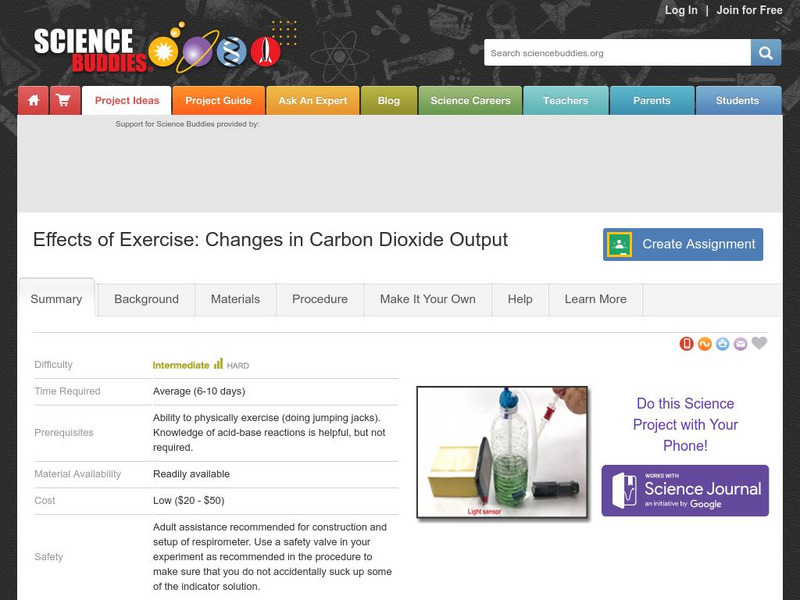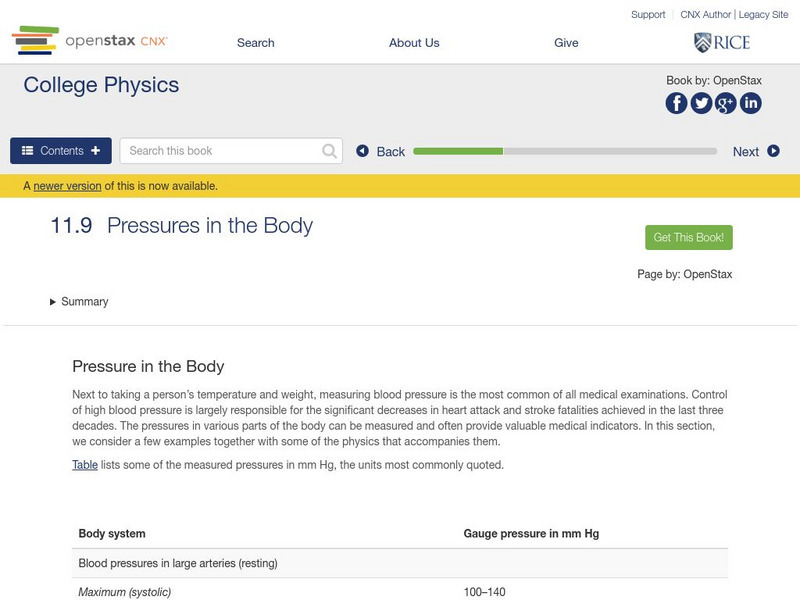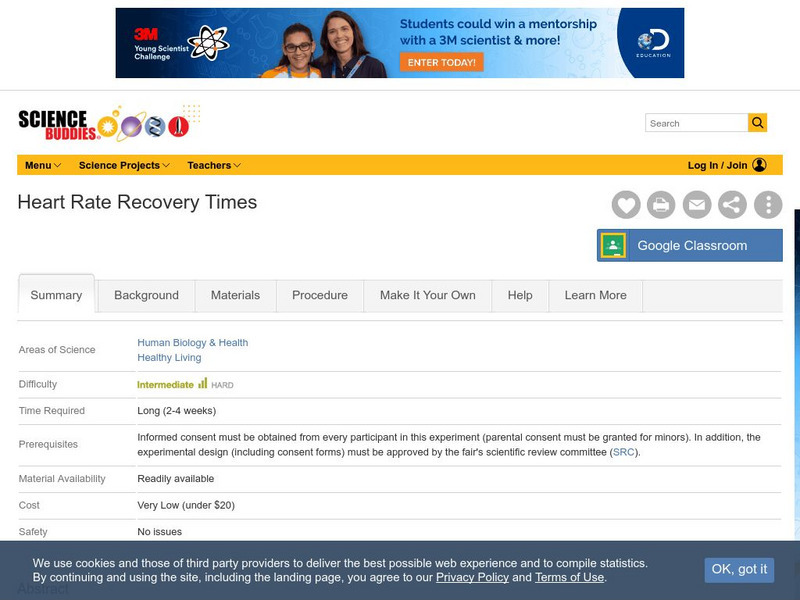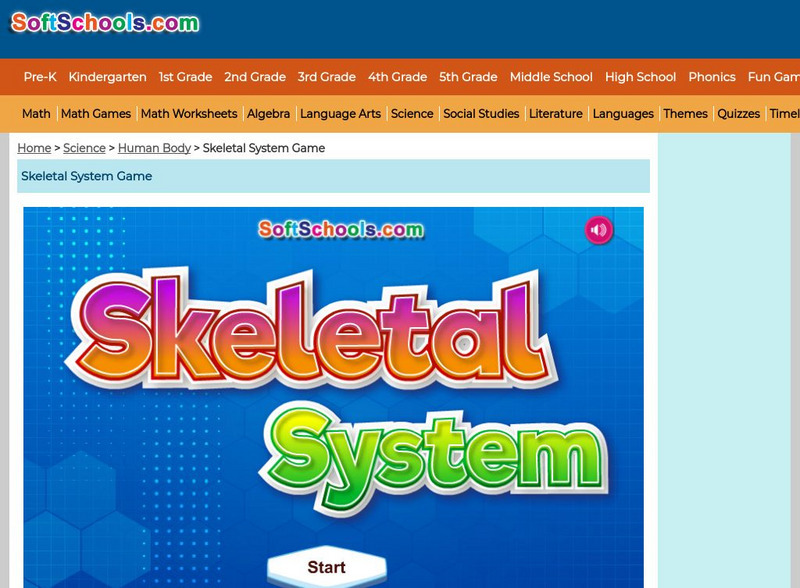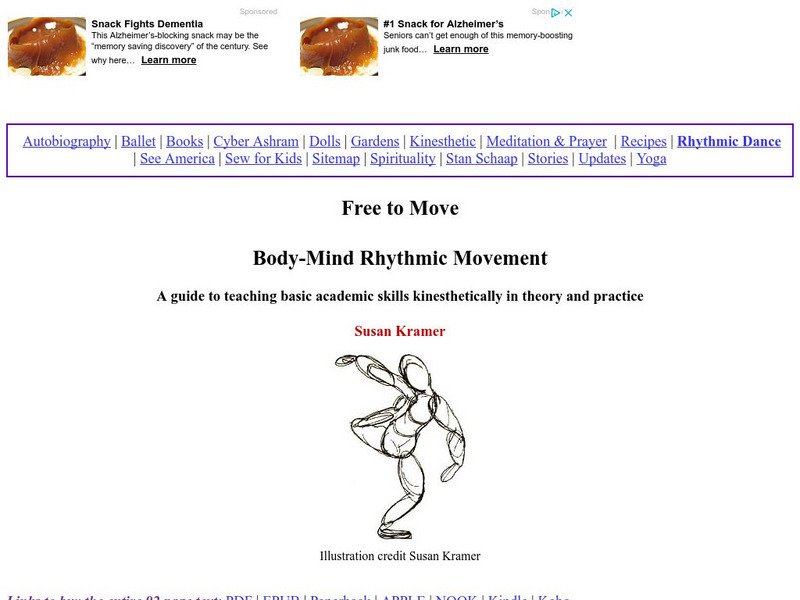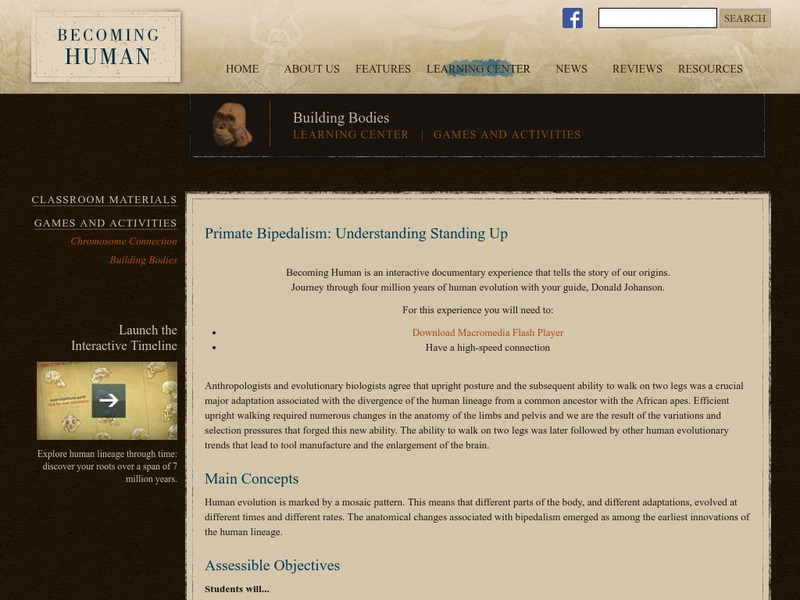Curated OER
Rights for Indigenous People
Students consider how to fight poverty. In this global issues instructional activity, students define indigenous communities and participate in an activity that requires them to allocate funds to end poverty among the indigenous in Papua...
Curated OER
All About HIV and AIDS
Middle schoolers use the internet to research the causes, effects and how AIDS is transmitted from person to person. In groups, they discover why women are more suseptiable to the disease. To end the lesson, they are introduced to the...
Curated OER
A Quick Look at the Makah Whaling Issue
Students discuss the idea of values and how they are different for different people and cultures. Using the Internet, they read about the Makah whaling issue affecting the Pacific Northwest. They discuss who has the right and authority...
Curated OER
Insects and Spiders
Students make either and insect or a spider using materials their teacher provides. They then draw of picture of their organism and defend why it is either a spider or an insect.
Curated OER
Observing Motion
First graders explore movement and motion. In this motion lesson, 1st graders how objects can move as well as how the Earth is in constant motion and the force of gravity. Students complete a coloring sheet.
Untamed Science
Untamed Science: Human Biology: Musculatory System
Learn about the three types of muscle tissue, how a muscle contracts, and how muscles are adapted for exercise. [3:40]
Science Buddies
Science Buddies: Breath of Life: Does Exercise Increase Vital Capacity?
When you take a deep breath, the amount of air you are capable of holding within your lungs, is known as your lung capacity. It is not the same for everyone. This lab asks you to find out if it is possible to increase your lung capacity...
Science Buddies
Science Buddies: Effects of Exercise: Changes in Carbon Dioxide Output
Everybody knows that your body needs oxygen to keep going, and that you breathe out carbon dioxide as waste. What happens when you exercise? You've probably noticed that you breathe faster, and your heart beats faster. What triggers your...
OpenStax
Open Stax: Pressures in the Body
From a chapter on Fluid Statics in a Physics textbook. This section of the chapter covers the different types of fluid pressures in the human body and how they are measured. Includes problems and exercises.
Science Buddies
Science Buddies: Heart Rate Recovery Times
After exercise, your heart rate increases, this is normal for everyone. However this experiment asks whether the recovery time for a heart's beating rate is faster for people who get regular exercise versus those that do not.
PBS
Pbs Learning Media: Meet My Muscles Upper Body Lesson Plan
Following along with their teacher, learners learn about the various upper body muscles we have such as the bicep and pectoral muscles and learn how to give them a good stretch and exercise.
PBS
Pbs Learning Media: Meet My Muscles Lower Body Lesson Plan
This lesson depicts students following along with their teacher to learn about lower body muscles. Students learn about muscles such as the gluteal and hamstring and how to give them a good stretch and exercise.
Soft Schools
Soft Schools: Skeletal System Game
Test your knowledge of the human skeletal system with this interactive labeling exercise.
Other
Susan Kramer: Body Mind Rhythmic Movement
Susan Kramer's online book is available as a free resource for teaching basic movements and dance skills. The text is broken down into seven sections. You can access information on anatomy, rhythms, creative movements, rhythmic...
Alabama Learning Exchange
Alex: New Town Health Club
Over the course of the year, the students in Human Anatomy and Physiology will design a health club. As part of this year-long project, the students will develop a brochure or print advertisement for the health club. This project will...
Other
Anatomy Arcade: Poke a Muscle
Work your way through the muscles as you play this game. Click on the muscle that is named to earn points. You must get all correct in order to proceed to the next level, which ensures repeated practice if you make errors. There are ten...
Other
Institute of Human Origins: Classifying Life
In this exercise you will build two skeletons, one of an ape and one of a modern human being. The bones have been completely mixed up so its up to you to find the right fit. In this exercise you will learn about the unique...
OpenStax
Open Stax: Forces and Torques in Muscles and Joints
From a chapter on Statics and Torque in a Physics textbook. This section of the chapter provides an in-depth discussion of forces and torque in the human body. We learn about muscular force, the importance of posture in preventing back...
Soft Schools
Soft Schools: Skin Cross Section Game
An interactive labeling exercise helps students practice naming parts of the largest organ in the human body, the skin.







